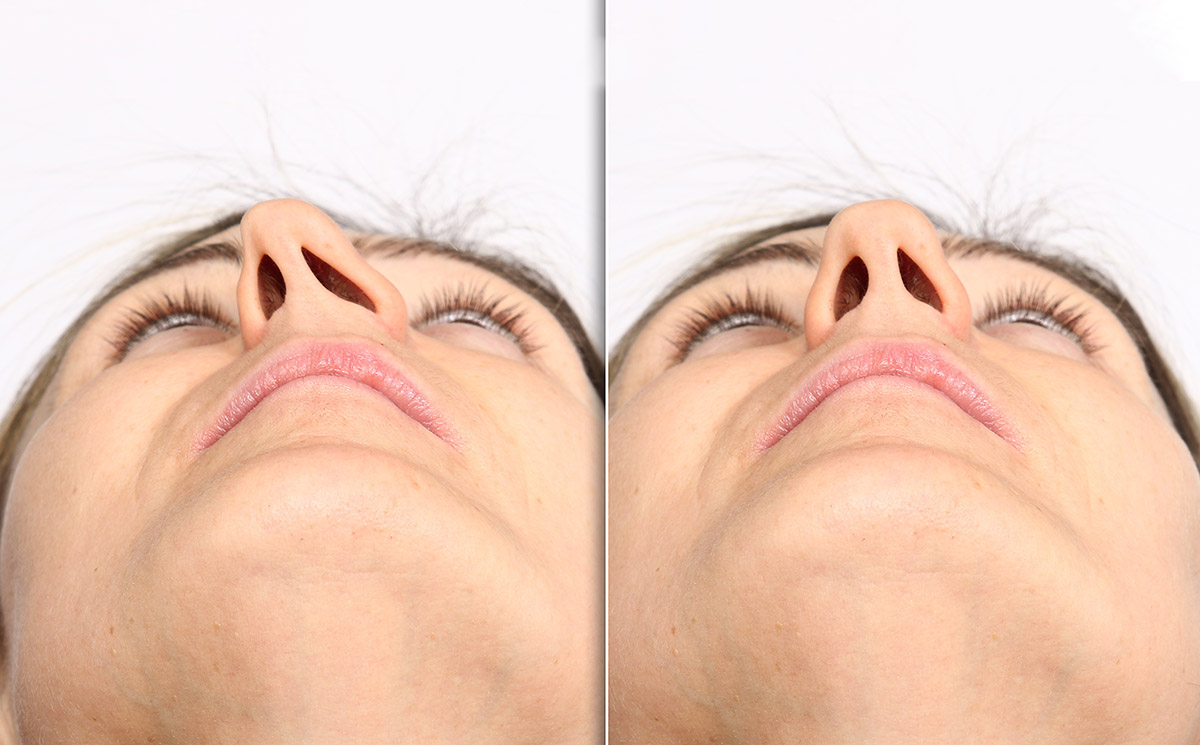In London, the Activities That We Take the Greatest Pleasure in Doing
Within the city of London, which is a city that is abundant in history and culture, there are a boundless variety of opportunities for excitement and experience. When it pertains to spending quality time with your significant other, you are certainly privileged on account of the abundance of alternatives offered to you in this hectic metropolis. There is a wide array of options that are open to you. Each and every set has the chance to take delight in a wide variety of destinations, that include well-known landmarks, serene outside spaces, and remarkable museums according to
You could picture yourself taking a leisurely stroll down the Thames while the lights of the city shimmer in the backdrop, or you might picture yourself standing in awe at the splendour of Buckingham Palace with your significant other. Both of these circumstances are possible. This area is home to a variety of stunning and popular landmarks, which offer the ideal backdrop for romantic minutes and memories that will last a lifetime.
Think about the possibility of checking out popular organizations such as the Tate Modern or the British Museum in order to have an experience that is more thought-provoking and useful. The diverse range of artworks and historical artifacts that are shown at these facilities offer the possibility for considerable talks and the gratitude of artistic work of arts that can be disseminated throughout the community.
Not just need to you not undervalue the beauty of the welcome of nature, but you need to likewise not ignore the experiences that are regarded to be distinct to London. A laid-back afternoon picnic or a moment of solitude away from the rush and bustle of the city might be delighted in at Hyde Park, which is the perfect setting for such an activity due to its lavish surroundings and serene state of mind according to
https://www.psychtimes.com/adult/5-mistakes-you-should-avoid-during-an-escort-date/
If you want to take your experience to the next level, you might think about searching for distinctive tours and activities that are meant specifically for couples. Two examples of the kinds of activities that have been thoroughly selected to offer your journey to London an additional depth of intimacy and discovery are a personal walking tour of the city’s concealed treasures and an exclusive gastronomy trip. Both of these activities are examples of the type of activities that have been thoroughly picked.
As a result of the huge selection of experiences that are at your disposal, it is practical to develop a romantic calendar that is tailored to the interests of both of you associated with the relationship. Because of this, each and every minute that is invested in London will be filled with enchantment and memories that will be treasured for the rest of one’s life.
Following the identification of the components that add to the formation of a romantic meeting in London that is not just appealing however likewise extraordinary, it is now time to study the broader panorama of romantic activities that can be discovered inside the city itself.


